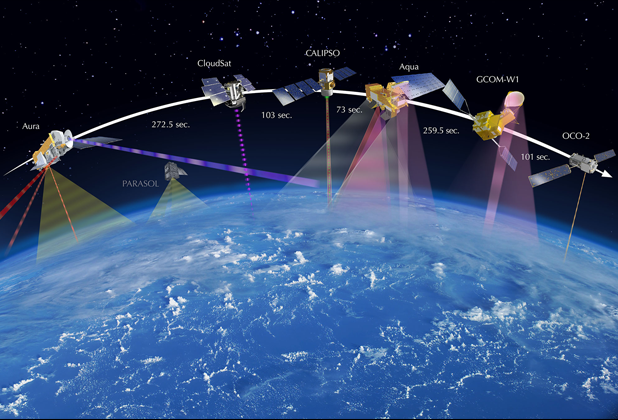
Over 25 years of flight heritage
FreeFlyer is flying today's most exciting missions
Leverage the power and flexibility of FreeFlyer astrodynamics software in your next mission. FreeFlyer provides complete astrodynamics functionality for missions of any size, any scale, and any orbit regime. With heritage on over 250 missions, FreeFlyer supports the full mission lifecycle with customizable interfaces and easy integration into modern ground systems architectures. FreeFlyer has been independently verified and validated, and delivers flight-tested, proven accuracy. FreeFlyer is used for spacecraft analysis and operations by NASA, NOAA, USAF, USSF, NRO, commercial, and international space missions.
Sierra Space Dream Chaser
Supported Since 2019
- FreeFlyer and Meridian are the backbone of the operational flight dynamics ground system
- FreeFlyer and Atlas provide a heads-up-display (HUD) for Mission Control
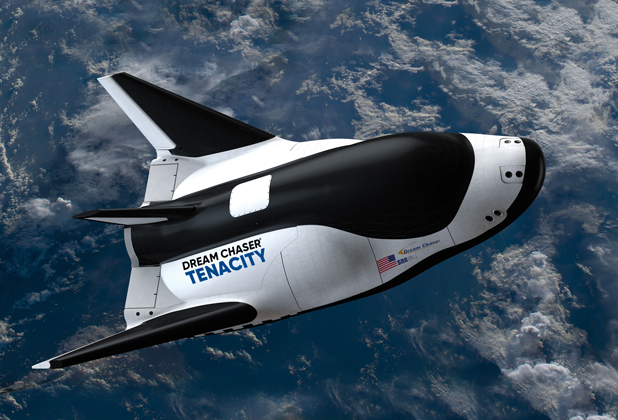
Lunar Gateway
Supported Since 2017
- NASA and its contractors are using FreeFlyer for trajectory analysis
- Modeling maneuvers in and out of near-rectilinear halo orbit (NRHO)
- Modeling attitude for power and communications planning
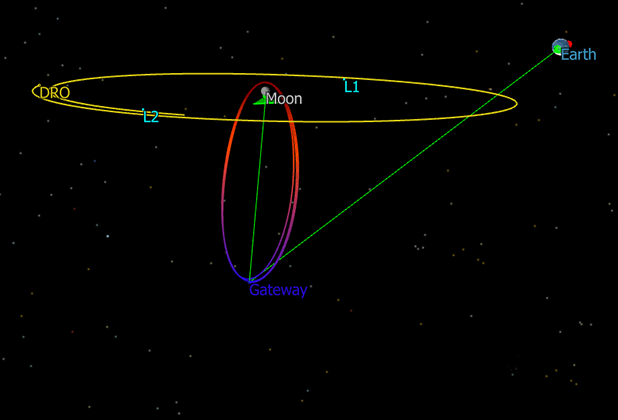
James Webb Space Telescope (JWST)
Supported Since 2015
- FreeFlyer aids in launch window/early orbit trajectory analysis
- FreeFlyer powers the Flight Dynamics Ground System
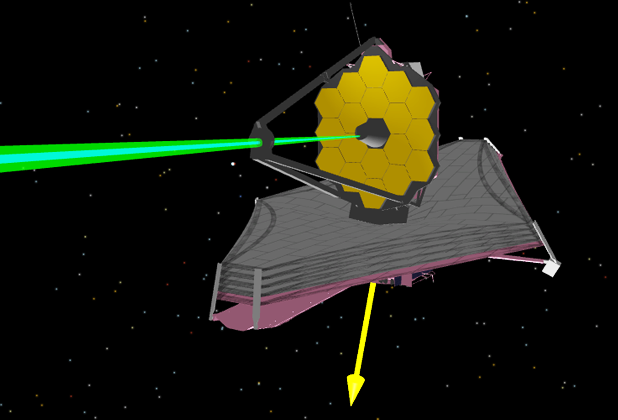
International Space Station (ISS)
Supported Since 2011
- FreeFlyer powers the flight dynamics system used by Trajectory Operations and Planning Officers (TOPOs) at JSC
- FreeFlyer also provides Collision Avoidance, automatically processing OCMs and planning avoidance maneuvers
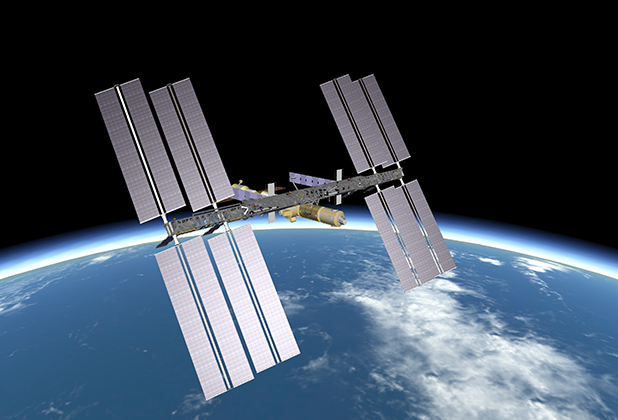
Solar Dynamics Observatory (SDO)
Supported Since 2010
- FreeFlyer provided launch and early orbit ascent maneuver support
- FreeFlyer provided orbit determination, maneuver planning, reconstruction, and calibration during operations
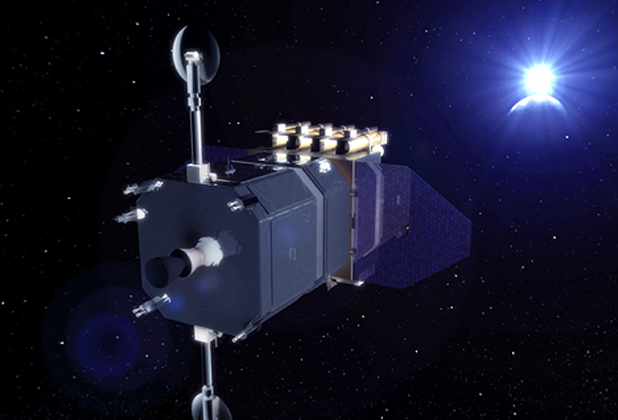
Tracking & Data Relay Satellite (TDRS) system Fleet
Supported Since 2010
- FreeFlyer powers the Fleet & Ground Management element of the ground system
- FreeFlyer provides orbit products and maneuver planning, reconstruction, and calibration
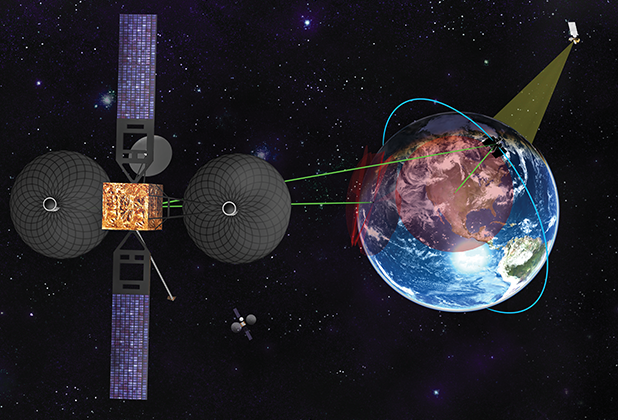
Magnetospheric Multiscale Mission (MMS)
Supported Since 2008
- FreeFlyer powers complex maneuver planning to maintain the 4-satellite tetrahedron in a highly elliptical science orbit
- Formation flight dynamics actively managed by FreeFlyer
- Massive Monte Carlo used to perform intra-constellation collision avoidance
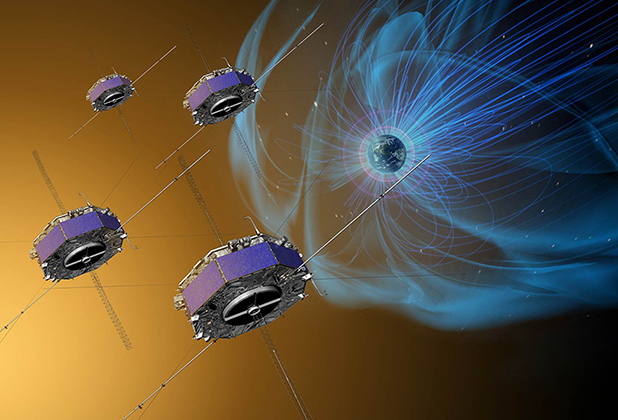
NOAA Geostationary Operational Environmental Satellite (GOES) Fleet
Supported Since 2008
- FreeFlyer has provided on-call analysis support dating back to GOES-N/O/P
- For GOES-R/S/T/U, FreeFlyer powers the launch, ascent, and early orbit Flight Dynamics System
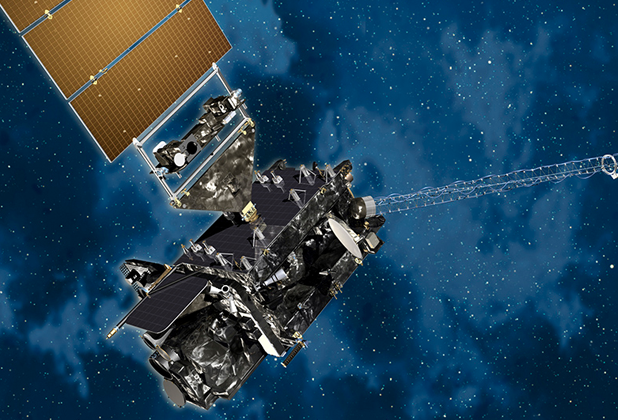
Global Positioning System (GPS) Constellation
Supported Since 2007
- FreeFlyer powers the GPS Launch & Early Orbit, Anomaly Resolution, and Disposal (GPS LADO) ground system
- FreeFlyer integrated into other COTS tools
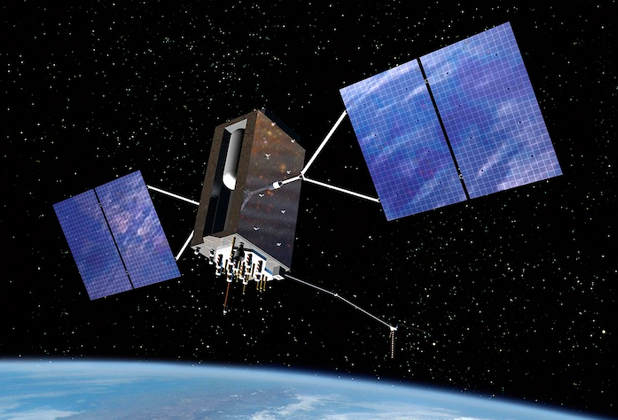
GRACE I&II - Gravity Recovery & Climate Experiment (GRACE)
Supported Since 2005
- FreeFlyer provided collision avoidance services for the GRACE missions
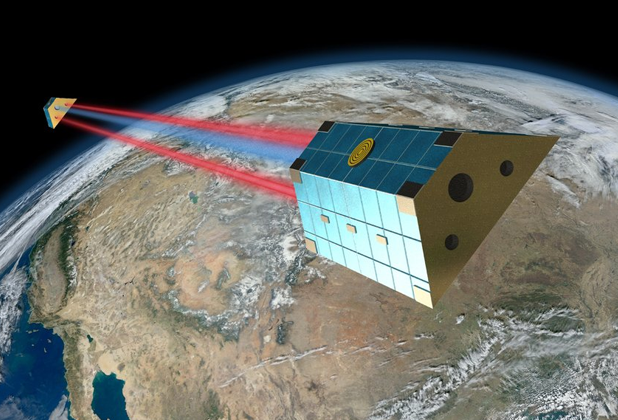
ICESat
Supported Since 2003
- FreeFlyer provided offline analysis using Monte Carlo techniques to characterize orbit uncertainties and refine maneuver planning techniques to meet tight repeat groundtrack positioning requirements for the laser altimeter science payload
- FreeFlyer provided collision avoidance services
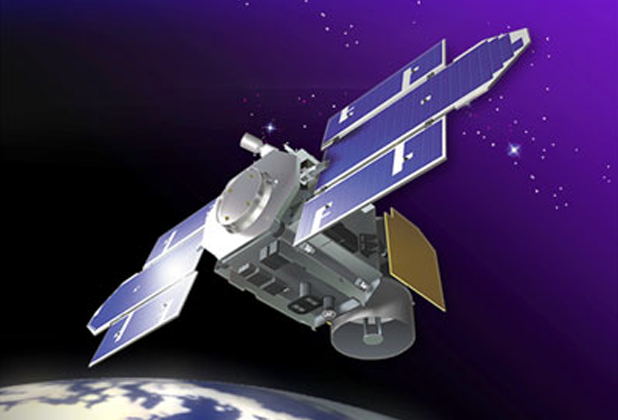
Landsat
Supported Since 1999
- FreeFlyer provides orbit determination, maneuver planning, and orbit products for all Landsat missions
- Landsat 8 and 9 are flown using Meridian
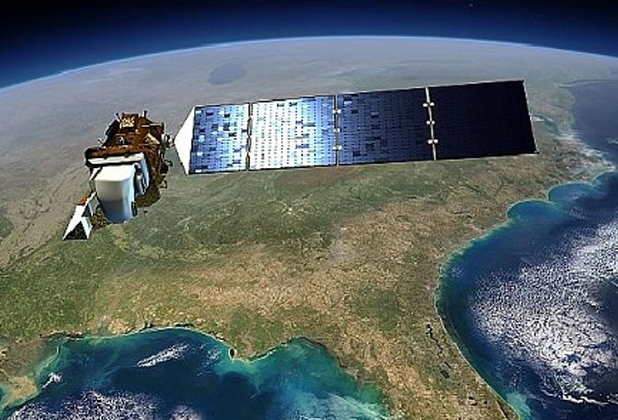
NASA Earth Observing System (EOS)
Supported Since 1997
- Fleet-managed flight dynamics for Aqua, Aura, and Terra spacecraft including orbit determination, maneuver planning, and orbit products
- Formation flight management of the whole A-Train constellation, including Parasol, CALIPSO, CloudSat, GCOM-W1, and OCO-2
